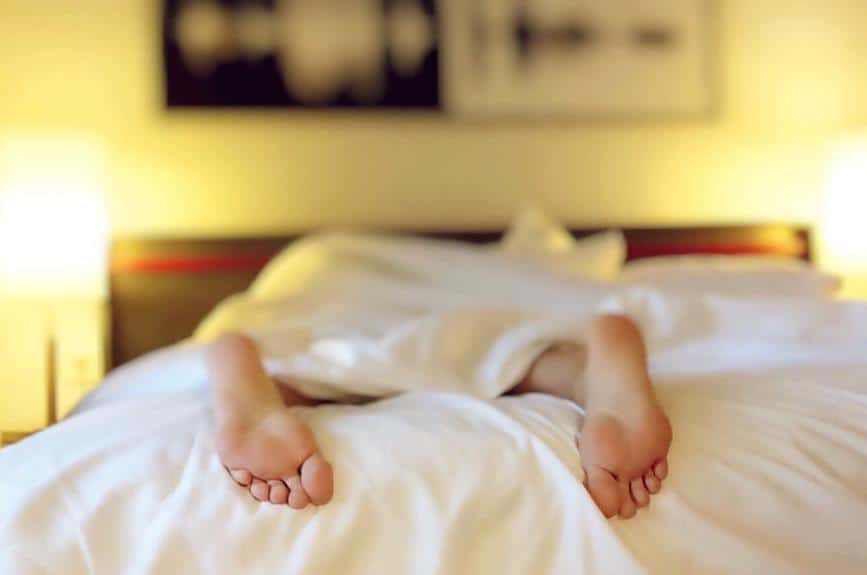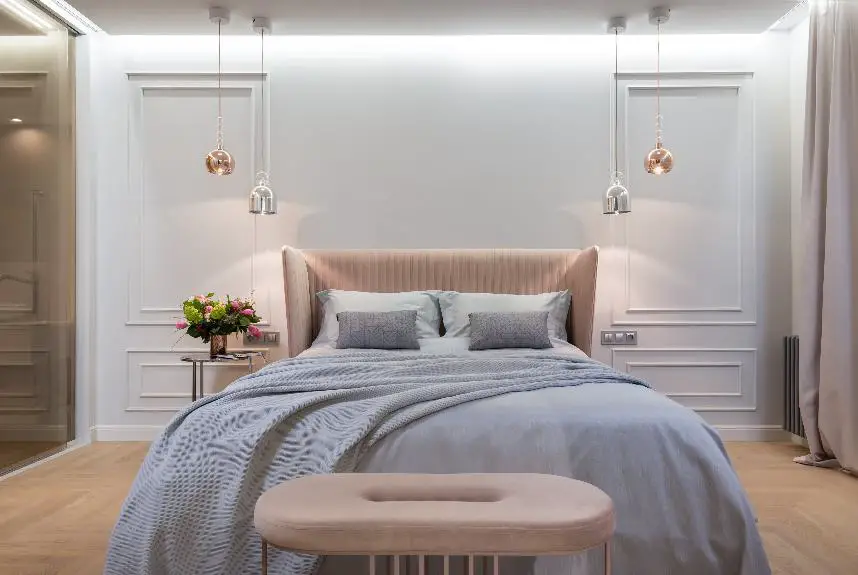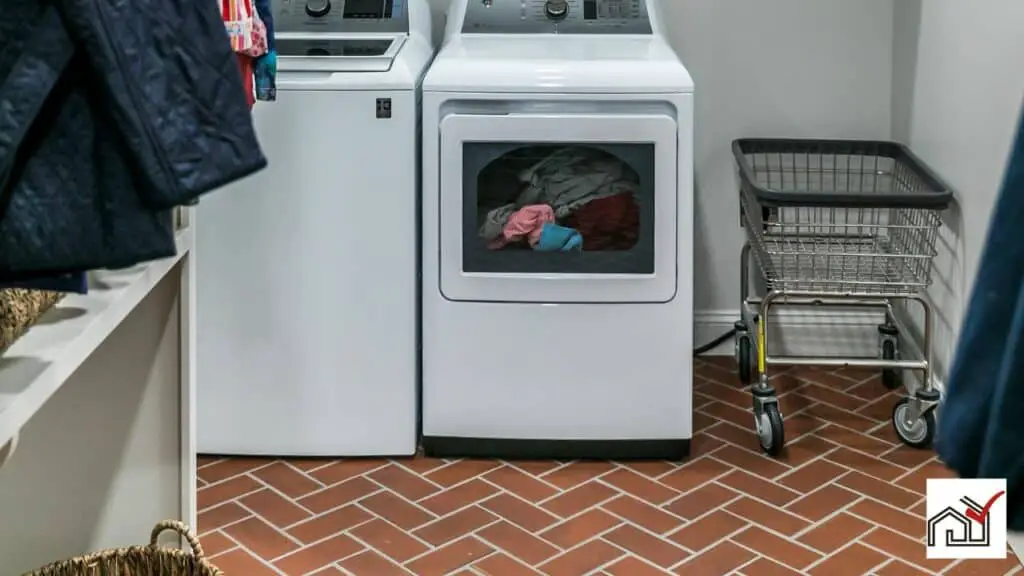You should baseline your Sleep Number bed initially and after any power outages.
You may also need to baseline again if you experience significant weight changes, adjust your sleeping habits, or alter any bed components.
This ensures the SleepIQ technology works correctly to track your sleep patterns.
Understanding Baseline Concepts
Baseline concepts involve setting a reference point for the air pressure in an unoccupied Sleep Number bed. This process is critical for the bed's technology to adapt to an individual's body by adjusting the air pressure, ensuring a comfortable sleep. The baseline allows the SleepIQ technology to track movements, breathing, and heart rate for sleep analysis.
Regularly setting the baseline is important to account for changes in air pressure due to environmental factors or personal changes. Without this step, the bed may become less responsive.
Understanding baseline concepts is essential for maintaining the performance and longevity of your Sleep Number bed, enabling it to offer a customized sleeping experience. This knowledge is key to determining the frequency of baselining to maintain the bed's condition.
Ideal Baseline Frequency
For optimal performance and sleep quality, you should reset your Sleep Number bed's baseline every six months, or when there are major changes in your sleep environment or personal situation. Establish a routine to help the SleepIQ technology accurately monitor your sleep patterns and enhance your sleep experience. Sticking to this schedule can help prevent issues like air pressure loss and mattress indentations, which can cause discomfort and misalignment during sleep.
Allow your bed a two-week adjustment period after the initial setup or any reset to ensure accurate sleep data. Re-baseline your bed if there's a power outage or if your weight or sleep habits change.
To support your Sleep Number bed's performance, consider using resources like the Amazon Services LLC Associates Program, which can offer helpful products for bed maintenance. Regular resets are important for maintaining the quality and effectiveness of your Sleep Number bed, contributing to a restful and tailored sleep experience.
Factors Affecting Baseline Needs
Factors such as weight changes, exercise, and bedding can affect the ideal setting of a Sleep Number bed. Weight gain or loss, including from pregnancy or dieting, may require a setting adjustment to maintain comfort. Starting at a setting of 34 might offer a balance of softness and support.
With seasonal shifts, like moving into fall, adding blankets or changing linens can necessitate a slight modification of the bed's firmness to ensure comfortable sleep.
Intense physical activity may prompt a reduction in the Sleep Number setting by 5 to 10 to help with muscle recovery and enhance sleep quality. Those recovering from injuries or surgery might also benefit from adjusting the firmness for targeted comfort.
For bedrooms with hardwood floors, maintaining and adjusting the Sleep Number bed contributes to both the room's aesthetic and sleep quality. Additionally, sharing the bed with pets or children might require lowering the setting to accommodate the extra weight and maintain comfort for all users.
Regular evaluation of these factors is recommended to ensure optimal sleep conditions.
Step-by-Step Baselining Guide
To maintain your Sleep Number bed effectively, follow these steps for baselining:
- Start with the bed in a completely flat position, ensuring no one is on it, as this can interfere with the process.
- Use your remote and hold down the Home button to begin.
- Go to the Settings menu on the remote and select 'Baseline Bed'. Confirm this choice to start the baselining.
- Do not interrupt the bed while it completes this process.
After baselining, wait at least two weeks before doing it again to ensure accurate SleepIQ data recording.
Precautions During Baselining
When beginning the baselining process for a Sleep Number bed, it is important to place the bed on a stable and flat surface to ensure accurate readings. Before starting the program, make sure the bed is empty and clear of any extra bedding or pillows, as these can interfere with the sensors.
Follow the instructions on the Sleep Number remote control carefully during the baselining process. Skipping steps or doing it hastily can result in inaccurate settings.
Regular baselining is crucial for maintaining the bed's performance. Failing to baseline properly can cause issues such as loss of air pressure and misalignment, which can affect comfort and reduce the bed's lifespan. Proper baselining contributes to consistent sleep quality.
Risks of Irregular Baselining
Neglecting regular baselining of Sleep Number beds can cause a range of problems, including inaccurate SleepIQ data and reduced mattress support. This can affect the user's comfort and potentially their health. Regular baselining helps maintain the bed's proper function. Without it, the bed might lose air pressure, causing uneven surfaces and reducing support.
If the bed isn't regularly checked and adjusted, it may not recognize when a user is present, leading to incorrect sleep data and potentially poor sleep recommendations. This can impact sleep quality and overall health.
Consistent baselining is crucial for the bed's comfort and support, much like proper maintenance is important in household tasks. Failing to maintain a Sleep Number bed can lead to preventable issues, emphasizing the importance of routine care.
Maintaining Optimal Sleep Quality
To maintain your sleep quality, it's important to adjust your Sleep Number bed settings when you notice changes in your sleep environment or physical condition. Similar to how decor is central to the ambiance of a gathering, your bed is crucial to your sleep quality and needs to be adjusted regularly.
Your living and sleeping arrangements should adapt to changes in your lifestyle, such as when children or pets start sleeping in your bed or when your schedule changes due to stress or work. These changes can affect your interaction with the Sleep Number bed, and you may need to modify the settings to ensure it continues to provide the necessary support and comfort.
After making any changes, allow two weeks for the bed to settle before recalibrating. This time lets your SleepIQ data update with the effects of the adjustments and allows your body to get used to the new settings. This practice helps maintain the bed's support and prevents any lasting impressions from affecting your sleep quality.
Regularly updating your bed settings, especially after significant weight changes or when you feel less comfortable, is essential. This ensures your bed remains a supportive environment for a good night's sleep.





